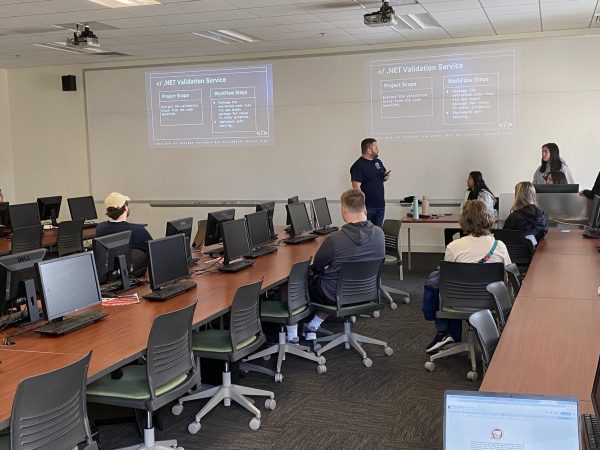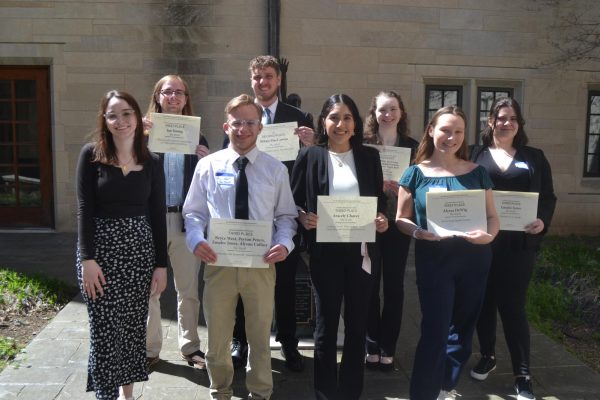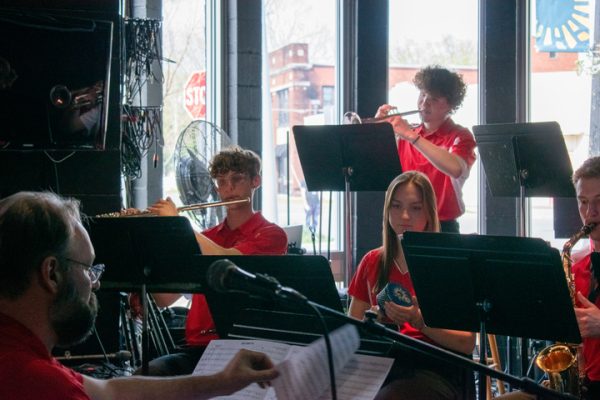Bennett: Funding formulas ‘not working’
Linda Bennett
If the Indiana House of Representatives has its way, the university will lose over $14,000 in funding for next year.
“We don’t know if we are going to stay here, but we don’t know how much it is going to change,” said university President Linda Bennett at the annual budget presentation. “We don’t have the body to push back that revenue. We have enough to stabilize that, but not enough to push back that additional revenue.”
With a $465,078 increase in funding based on the metrics for the 2016-2017 budget year, state appropriations will see a decrease of $14,638 for the 2017-2018 year. The university will receive $80,355 in new monies for the 2018-2019 budget year if the House passed budget goes unaltered.
Funding for state universities in Indiana is determined by performance funding formulas. These formulas track progress for seven areas in two categories over a six year period of time: Overall degree completion, at-risk degree completion, high-impact degree completion, student persistence, remediation success, on-time graduation rate and an institutionally defined efficiency metric.
“For those students at risk, in other words those who measured Pell eligible, they had a 97 percent improvement in success in completing their degree over the past decade,” said Bennett. “We are strong performers. The performance funding formulas are not working to recognize adequately, I believe, that point.”
The formulas were enacted in 2003 as a way to “provide incentives to public higher education institutions who improve in specific metrics” according to the ICHE website. The formulas only track Indiana students and not non-resident students as a way to prioritize educational attainment for Indiana residents.
The university is only eligible for four of the seven formulas. The House budget awarded funding for just three of the four formulas for the biennial budget. The only category that did not receive funding was student persistence.
Bennett said there was no funding for this formula because the metric has remained consistent over the past six years.
The university’s state funding is a part of the state’s overall budget, which is passed every two years. This is why state appropriations are calculated every two years and why the next budget request will not come until 2019.
While the university did receive a net increase of $65,717 for the biennial budget, it is $1,660,807 less than than recommended budget by the Indiana Commission for Higher Education and $117,749 less than the Governor’s recommended budget.
The university’s state funding is currently being reviewed by the state senate. Once the senate passes the budget it will move to the Governor’s office for final approval or veto.











